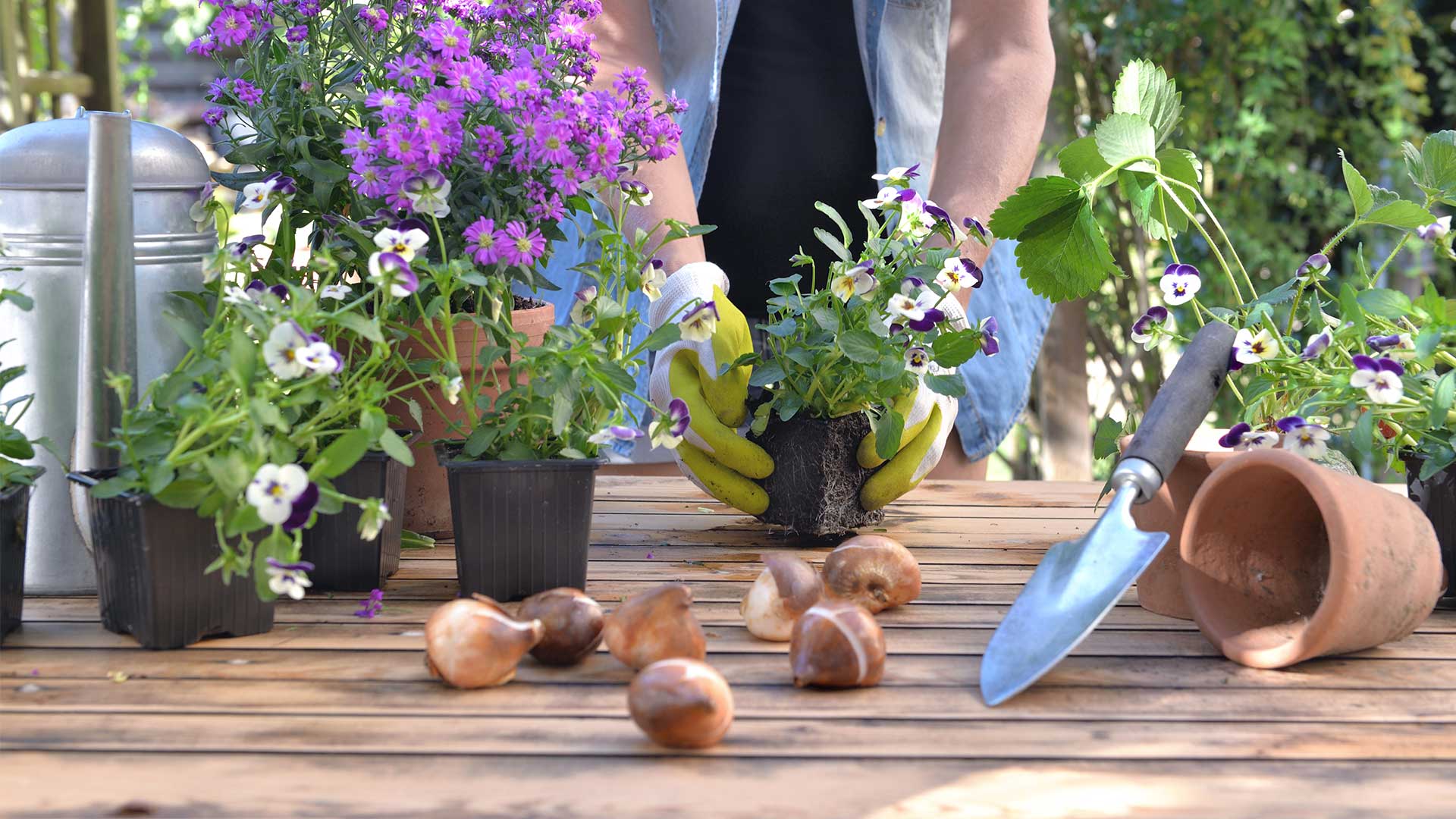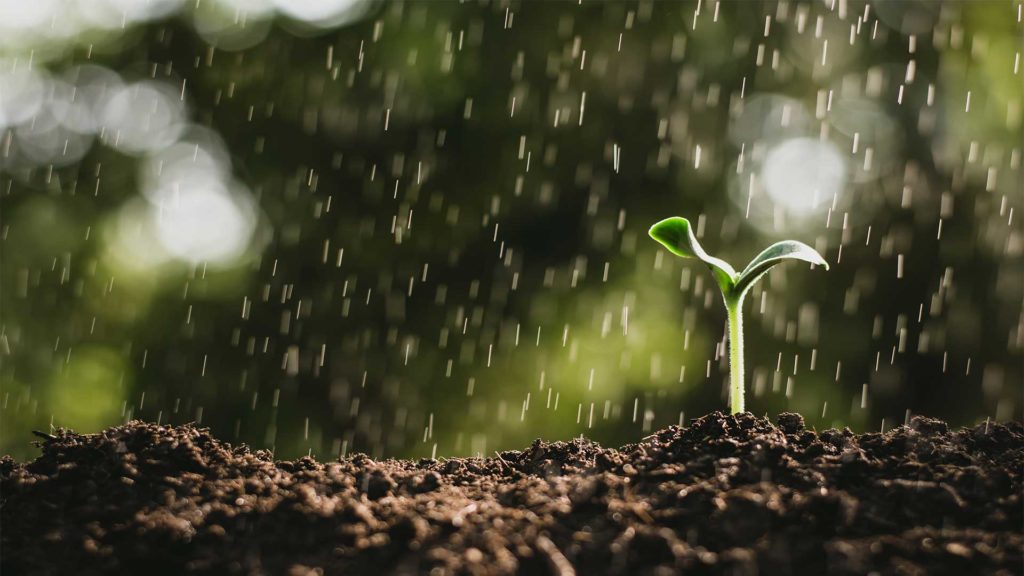
Micronutrients play an important role in plants’ life and growth. Mineral deficiencies can lead to serious problems with the plants such as stunted growth and rougher leaves. It can also result in interveinal chlorosis of leaves, purpling of leaf margins and petioles, and necrosis of young fruit or flowers. If you’re looking for ways to improve your garden’s health this year then make sure to add boron.
Why Boron is an essential micronutrient in plants
Boron deficiency can cause stunting, rough leaves, and interveinal chlorosis of the leaf blades along with purpling on the margins or petioles. Boron also improves fruit set on young flowers or fruits that blossom without forming a seed by pollen germination. It helps to strengthen cell walls which reduces cell size. Additionally, it strengthens plant structures so they are less susceptible to wind damage from high winds or cold temperatures during the winter months.

As the human population continues to grow, so does our need for food. The global demand for agricultural production is expected to increase by 50% in the next 30 years. This means that we will need more and more crops grown on less land with fewer resources. Boron helps plants battle environmental stresses such as drought, salinity, cold temperatures. It can also take care of the diseases which significantly reduce crop productivity.
Industries and businesses that rely on plants for their products are becoming more aware of the need to use it. Plants require boron to grow. So industries such as forestry, agriculture, and food processing need to ensure they have enough Boron.
Effects of Boron Deficiency in Plants
It is an important component of plants. It is 40% present in the cell walls and 60% in leaves. It’s deficiency can affect plant growth by restricting stem diameter. It also reduces chlorophyll production which causes a reduction of photosynthesis rates.
The effects are more significant when boron levels are low. For example, when it goes below 0.0001 mg/kg dry weight or less than 0.002mg/L water solution. Plants need a minimum concentration of about 0.001-0.02 ppm (parts per million) to function properly. At higher concentrations (>1000ppm), it can lead to toxicity symptoms such as discoloration, necrosis, or abnormal branching patterns among other features. This can reduce the cellular growth of the plant. It also helps plants in respiration for the production of sugars as well as providing a structural support system. This micronutrient makes cell walls more rigid and strong.
The importance of micronutrients like boron cannot be neglected. Because they play an important part in plant life and growth. It can result in deficiency symptoms that affect the development of the plant adversely. Micronutrient deficiencies are often overlooked. Or they are not considered when looking at nutrient management programs for crops. But it should be given priority due to its significant effect on crop yield losses if left unchecked.
Boron Dynamics and Transport Inside Plants

The boron cycle begins in the soil and moves through plants, then evaporates into the air. The movement of it is very similar to that of water on Earth with a few modifications.
Like water, boron enters plants from soil and moves through them. However, in our world, most rain falls back into the ocean. It can remain for centuries or millennia before getting out again by wind or human activity. Just like oxygen in humans leaves via exhaling then reentering after breathing (only at different rates), Boron evaporates out as fast as it comes in.
It’s dynamics inside plants are not well understood. But it is believed that they enter from root hairs or other cell walls. They may also move across membranes within cells by passive diffusion.
In addition to its role as an essential macronutrient for plant growth, it helps regulate the activity of various enzymes. These are important for the proper functioning of the different parts of the plant.
Boron Translocation and Distribution
It’s translocation and distribution are not clear. But plants can transport it more easily than other nutrients.
It may also help regulate the pH of the plant’s cell sap and play a role in root growth.
The best way to ensure a healthy plant life with optimal growth is by providing adequate amounts of micronutrients like Boron as well as macronutrients such as Nitrogen and Potassium.
Boron Mediating Developmental Transitions in Both Shoots and Roots
- It helps regulate developmental transitions in both shoots and roots.
- Boron is important for the activity of enzymes. It helps those involved with cell division, root growth, and phosphorus metabolism.
- It also stimulates nitrogen-fixing bacteria to grow on the plant’s roots.
- A poor Boron supply can limit a plant’s ability to make proteins essential for shoot elongation or leaf formation.
This may be one reason why plants grown in boron-deficient soils often produce stunted leaves. You can find them twisted around new branches. Instead of extending straight out perpendicular from their stems like they normally do.
Boron: More Than an Essential Element for Land Plants?
Boron is an essential element for land plants. It prevents the plant from taking up toxic metals and increases its resistance to drought stress. It also improves the absorption of phosphorus, nitrogen, and other nutrients. Additionally, it improves cell wall integrity.
What does this mean? Well, it means that without boron in your soil you’re likely going to see stunted growth. Or plants even die-off from lack of nutrition. In fact, many gardeners use boric acid (a form of boron) on their roses. Studies show that it significantly increases flower production while reducing leaf disease incidence by 50%.





